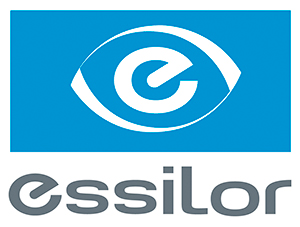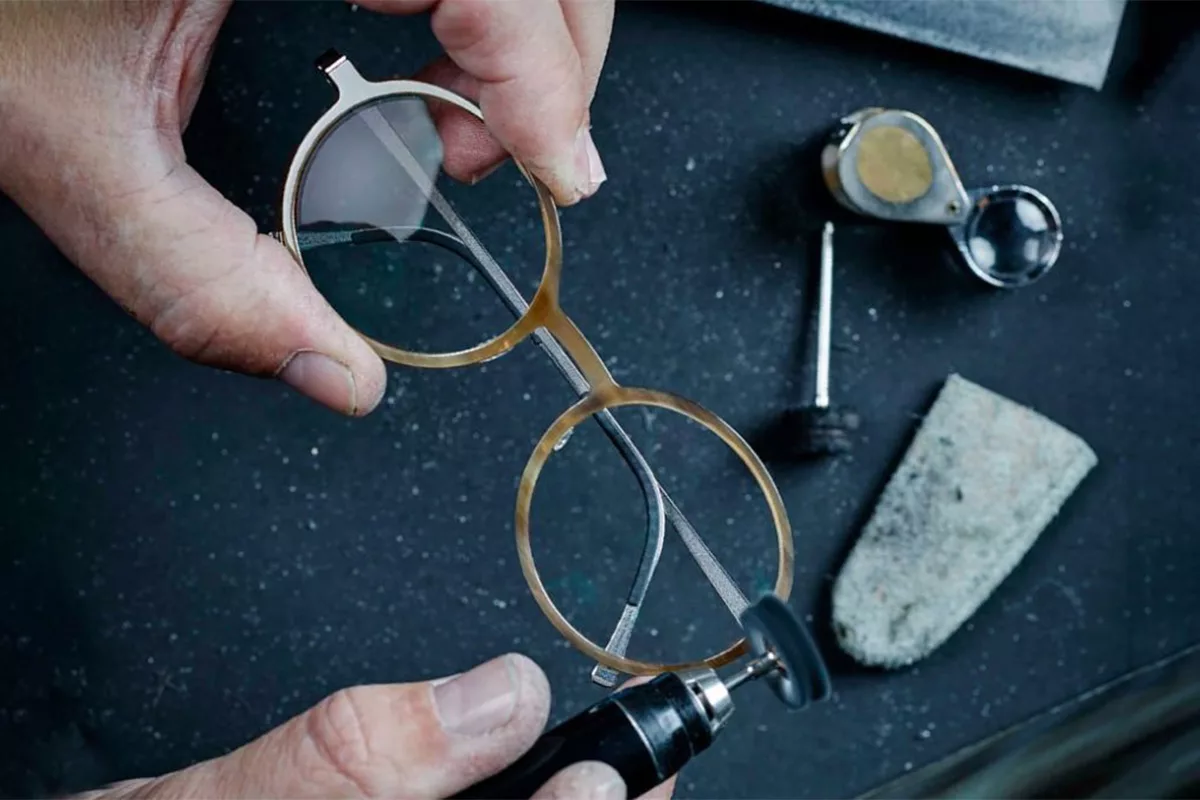Essilor announced its plans to reinforce its commitment to visual health, with the launch in 2013 of the first preventive lenses offering selective protection against harmful blue light  – one of the risk factors in retinal cell degeneration – and against UV rays, which contribute to the development of cataracts. Prevention, such as protecting the eye from harmful light, is currently the first line of defence against the worldwide problems of age-related macular degeneration (AMD) and cataracts. These conditions currently affect more than 350 million people around the world, a figure that may double in the next 30 years with the ageing of the population.A major discovery by Essilor and Paris Vision Institute
– one of the risk factors in retinal cell degeneration – and against UV rays, which contribute to the development of cataracts. Prevention, such as protecting the eye from harmful light, is currently the first line of defence against the worldwide problems of age-related macular degeneration (AMD) and cataracts. These conditions currently affect more than 350 million people around the world, a figure that may double in the next 30 years with the ageing of the population.A major discovery by Essilor and Paris Vision Institute
This major innovation was made possible thanks to an ambitious four-year research programme conducted in partnership with Paris Vision Institute, one of Europe’s largest eye health integrated research centers. Under the leadership of Professor Sahel and after two years of research, a joint Essilor and Vision Institute team was able to identify with a high level of accuracy the portion of the visible light spectrum that is noxious to target retinal cells.
Emitted by the sun and also by artificial light sources such as LEDs and computers or smartphones, blue light -the range of the visible light spectrum with wavelengths between 380-500 nm- plays a beneficial role on health, in particular by regulating the internal biological clock. However, a specific band of this light might have a harmful effect on the eyes.
In order to identify the part of the spectrum that is damaging to the human retina, the joint team developed a completely new protocol: an in vitro test on retinal cells with narrow screening light exposure to determine the harmfulness of rays depending on their wavelength. This test -a scientific first in ophthalmic optics- allowed for the discovery that wavelengths between 415 and 455 nm (spectral band centered at 435 nm +/- 20nm) are the most harmful for the target retinal cells.
A selective photo-protection lens to reduce the risks of AMD and cataracts After two years of research, the company has developed the Crizal® Prevencia™ lens, which is able to protect the eye from wavelengths that contributes to the degeneration of retinal cells while allowing beneficial blue light to pass through. This is a new category of preventive lenses developed using Light Scan™, an exclusive technology which filters light selectively:
- by letting beneficial blue light pass through;
- by filtering out harmful blue-violet rays that can contribute to AMD, as well as UV rays, an important cause of cataracts;
- while maintaining the transparency of the lens.
3.2 billion people currently affected
The battle against these irreversible eye conditions is targeted at the entire population, but primarily the 1.3 billion children around the world and the 1.9 billion over-45s who are currently more vulnerable to blue-violet light. During childhood, the eye is very transparent and lets all visible light and some UV pass through to the retina; after 45, its natural defence system is weakened. There will be 3.7 billion people aged over 45 in 2050.
Hubert Sagnières, CEO of Essilor International, comments: “This discovery will be a landmark in the field of optical science and we are very proud to have contributed, alongside Professor Sahel’s research teams, to this major step forward in the battle against one of the most devastating eye conditions. With Crizal Prevencia, we are today pioneers in addressing the challenge of preventative innovation. This fits in fully with Essilor’s strategy of playing a predominant role in the implementation of solutions for better visual health for everyone, all over the world.”










